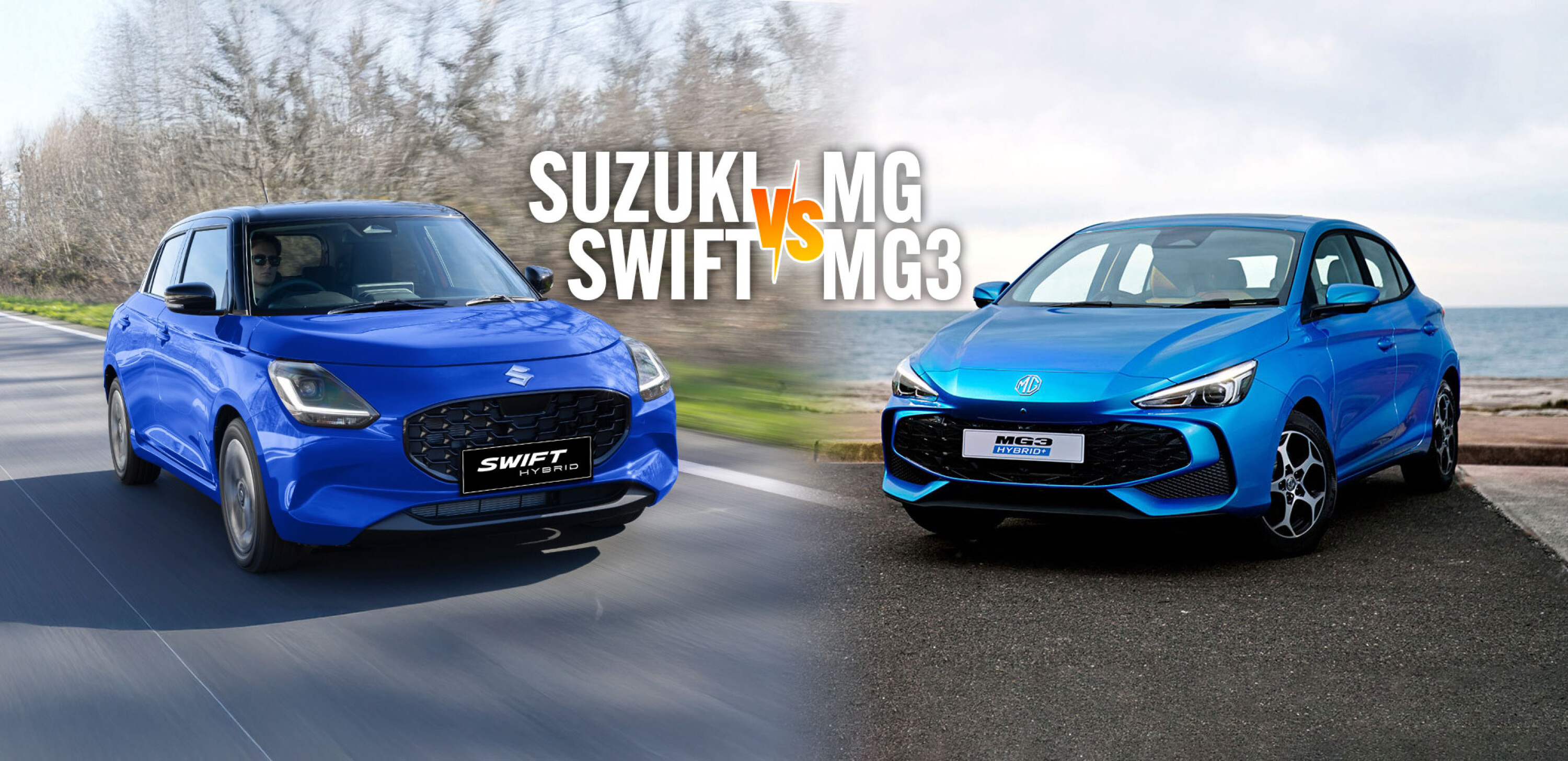The light car battleground isn’t what it once was. Stalwarts like the Ford Fiesta, Kia Rio and Suzuki Baleno have departed and one reason for that is the utter dominance of the MG3.
More than 65,000 have found homes in Australia since its introduction in 2018, thanks to it offering just enough of what buyers want at an extremely attractive price.
A new-generation arrived in 2024 and while the price tag increased substantially, the latest MG3 is a much more polished car. Better road manners, more equipment and a hybrid drivetrain option are just many of the improvements that led to an 8/10 score.
But it doesn’t have the light car segment to itself. Another recent arrival is the new Suzuki Swift Hybrid, a nameplate with a 30-year history in Australia.
While these two aren’t going to knock the Ford Ranger or Toyota RAV4 off the top sales spot, they remain very important offerings, providing the latest safety and technology at a price that’s potentially in reach of first-car buyers. But which is best?
JUMP AHEAD
Pricing
Pricing for the MG3 range starts at $23,990 plus on-road costs for the Excite, while the better equipped Essence is $25,990 +ORCs. Both variants are also available with the hybrid powertrain for a $4000 premium.
There’s very little in it when it comes to the Suzuki Swift. It offers a base manual variant for $24,490 driveaway, with the automatic an extra $2500. From there the Plus rises to $28,490 driveaway, while the range-topping GLX is $29,490 driveaway.
Where the MG3 gains an advantage is when you look beyond the base price. It offers a choice of white or yellow at no cost, while black, grey, red and blue metallic are an extra $500.
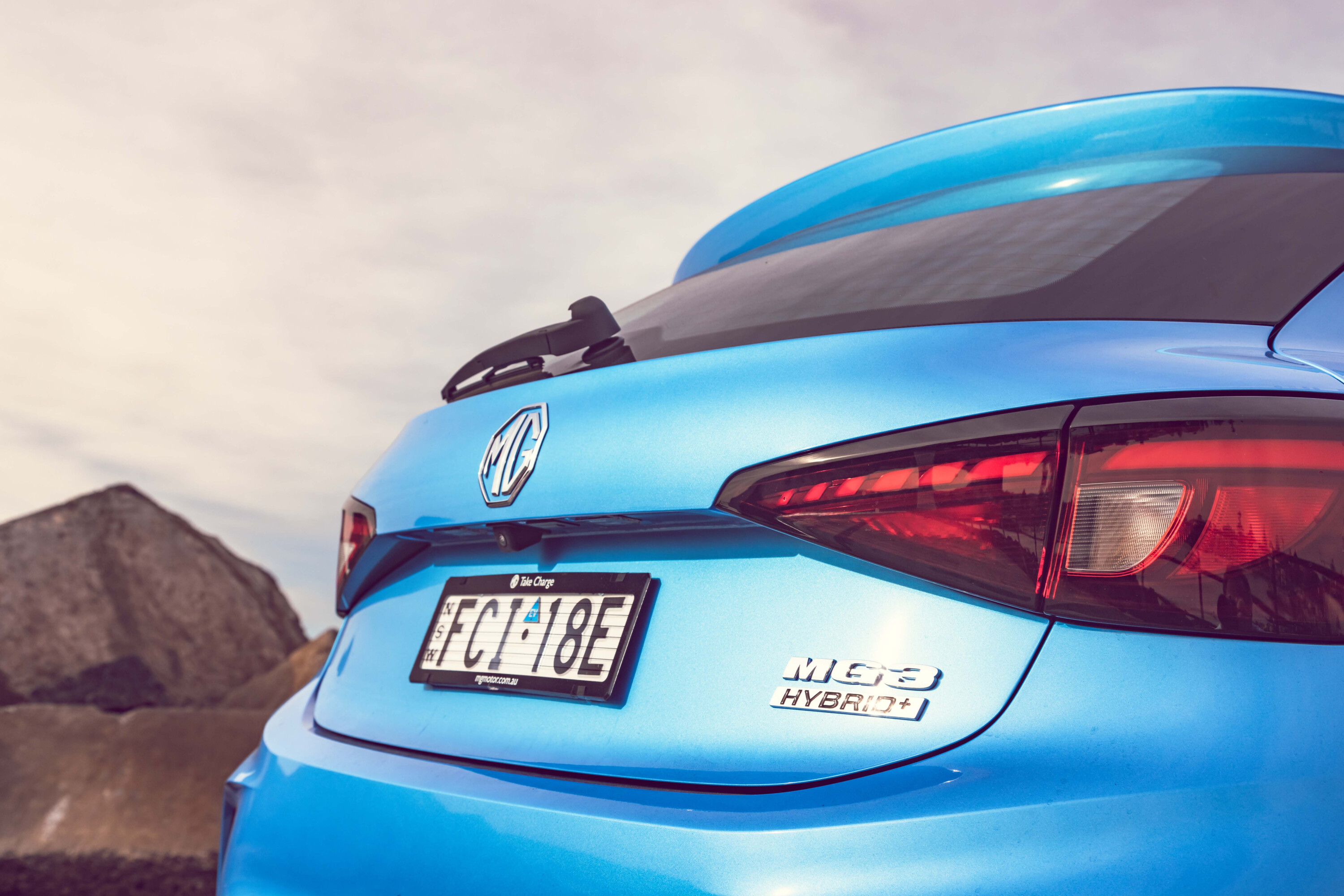
Suzuki offers only white as standard, with black, red, grey, silver and orange metallic an added $645 and the two-tone blue pearl with black roof is $1145. MG also offers a 10-year/250,000km warranty to Suzuki’s five-year/unlimited-kilometres.
The Swift Sport will set you back $1955 in servicing over the first five visits, with intervals of 12 months/15,000km. The MG3’s intervals are a little shorter at 12 months/10,000km and it flanks the Suzuki in terms of cost, the petrol costing $1854 over the first five visits and the Hybrid $2045.
Back to top ⬆️
Dimensions
It’s the MG3 that gives you more car for your money. At 4113mm long, 1797mm wide and 1502mm tall, it’s 253mm longer and 62mm wider (though 18mm lower) than the Suzuki and with an extra 120mm in the wheelbase.
This gives the MG a handy lead when it comes to interior space, especially in the rear, though both cars are very similar when it comes to boot space. The Swift offers 265 litres, expanding to 980 litres with the rear seats folded, impressive given its more compact dimensions, but the MG3 manages 293L seats up and 983L seats down.
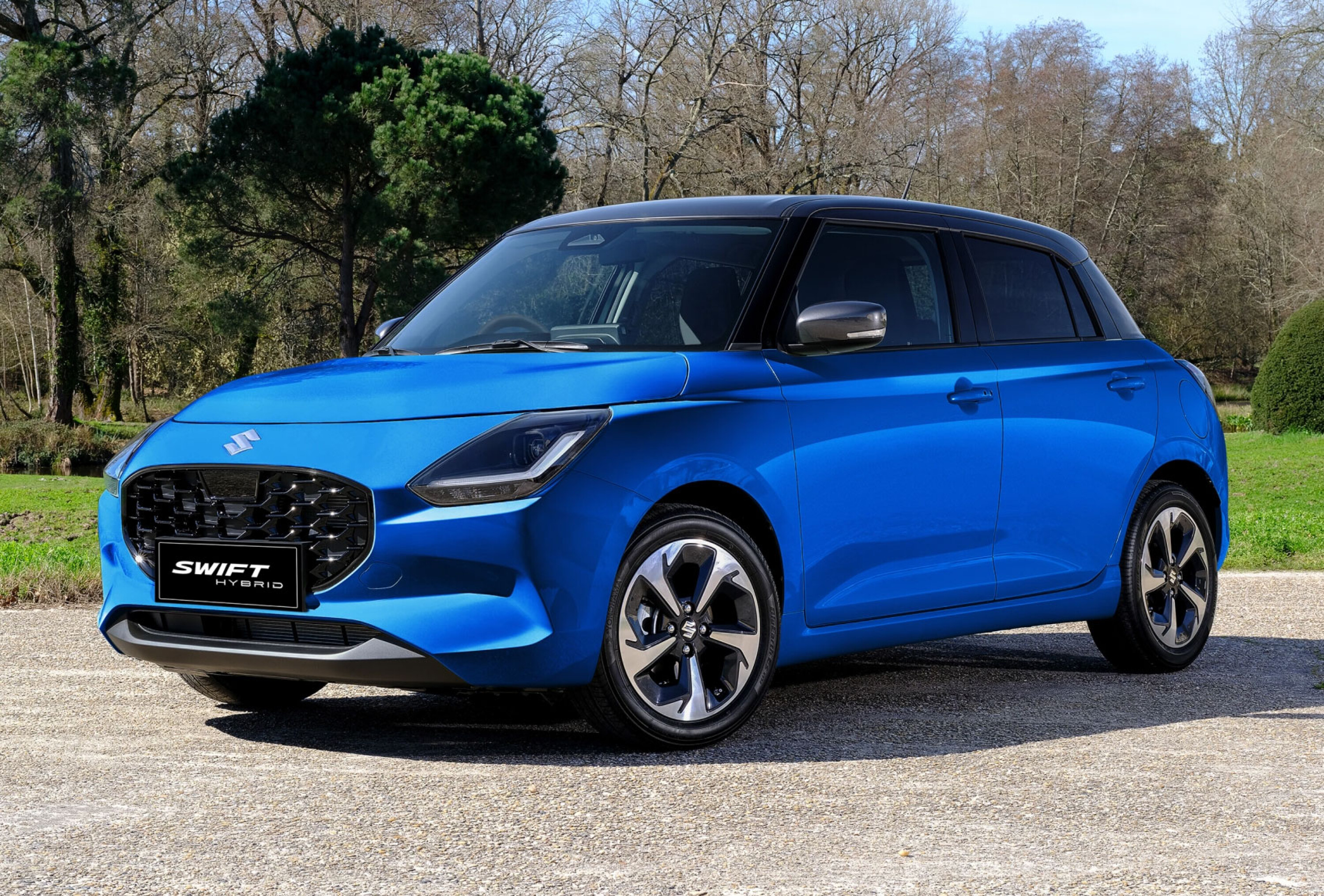
Back to top ⬆️
Safety
A key reason the latest MG3’s price has risen is a corresponding increase in safety equipment. Whereas its predecessor lacked a lot of the active safety features found in modern cars, the new version has six airbags, autonomous emergency braking (AEB), adaptive cruise control, blind-spot detection, rear cross-traffic assist, forward collision warning, lane departure warning, lane keep assist and more in all variants.
The new Suzuki Swift is also well equipped, featuring the same six airbags, AEB, lane departure warning and prevention, adaptive cruise control and traffic sign recognition, though you have to step up to the Plus to add blind-spot monitoring and rear cross-traffic alert.
Both cars have a reversing camera as standard, but only the MG3 Essence features a 360-degree camera.
Back to top ⬆️
Features
No longer does buying a small car mean ending up with a barren plastic box. Even the base MG3 Excite comes with 16-inch alloy wheels, discs brakes front and rear, push button start, electric windows all round, a six-speaker stereo, air-con with rear vents, USB ports front and rear, a 7.0-inch digital instrument cluster and 10.25-inch infotainment screen with smartphone mirroring.
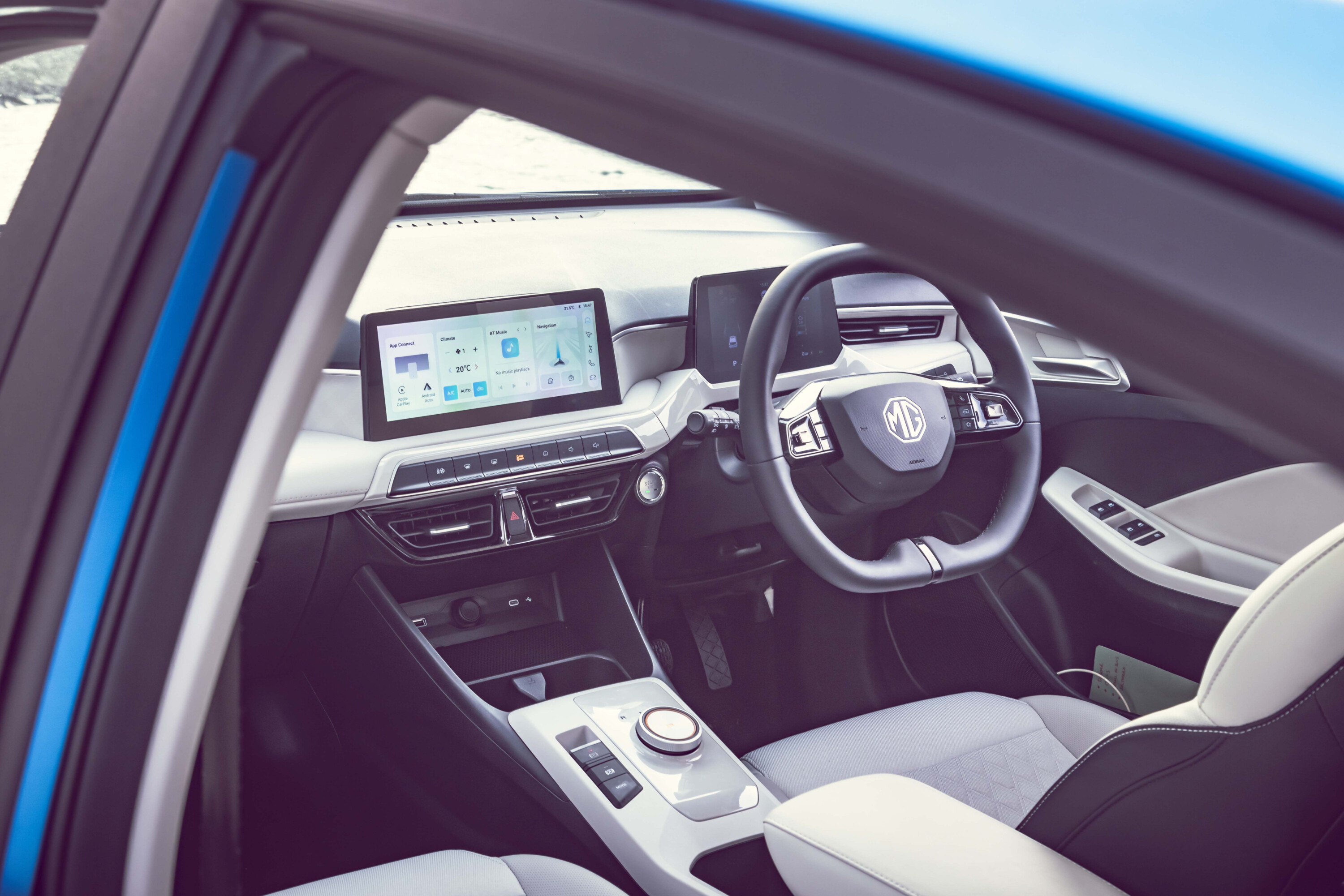
Step up to the Essence and there’s rain-sensing wipers, a sunroof, leather steering wheel, keyless entry, digital radio, satellite navigation and iSmart app connectivity.
Standard across the Suzuki Swift range is keyless entry and start, LED headlights, air-conditioning and a 9.0-inch infotainment screen with satellite navigation, digital radio, wireless Apple CarPlay and wired Android Auto.
The Plus adds 16-inch alloys, heated front seats, driver’s seat height adjustment, USB ports, a six-speaker stereo and rear privacy glass, while the GLX includes rear air vents and a wireless phone charging pad.
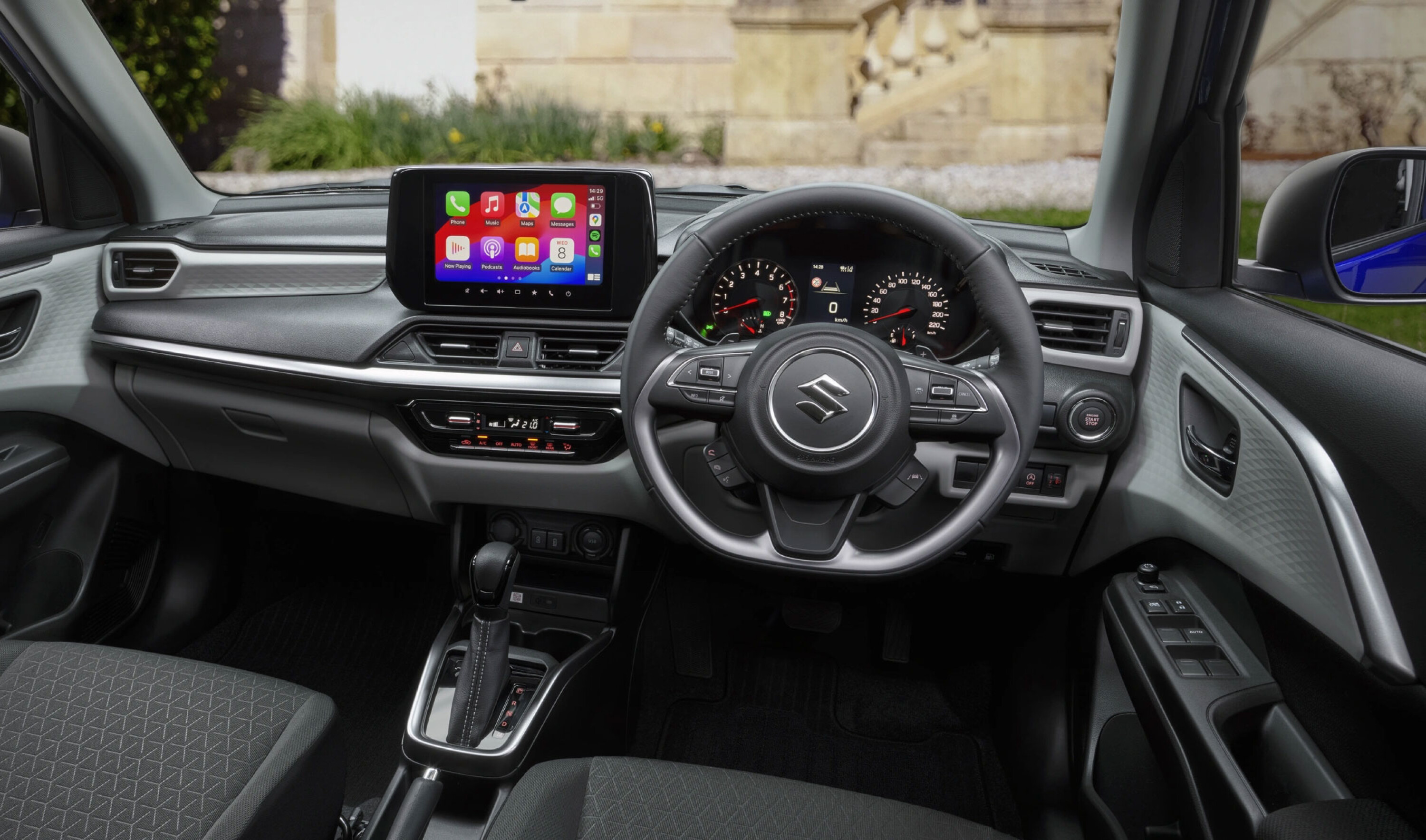
Back to top ⬆️
Engines
Despite the name, the Suzuki Swift isn’t a real hybrid in the Toyota Prius sense. Its mild-hybrid system uses a starter generator to act as an electric motor and assist the petrol engine when getting underway, while also allowing it to turn off earlier when coming to a halt.
There’s no arguing with the results, the Swift claiming just 3.9L/100km on the combined cycle as a manual and 4.0L/100km as a CVT, though it does require 95 RON premium fuel. The 1.2-litre three-cylinder engine produces 61kW/112Nm.

Under the bonnet of the regular MG3 is a 1.5-litre four-cylinder producing 81kW/142Nm. Attached to a CVT gearbox, it claims 6.0L/100km but does accept 91 RON fuel.
However, the Hybrid uses a (different) 1.5-litre four-cylinder engine producing 75kW/128Nm but teams it with a powerful electric motor for a system output of 155kW. This does require 95 RON premium fuel but thanks to the 1.83kWh battery fuel use is a claimed 4.3L/100km.
Back to top ⬆️
We recommend
-
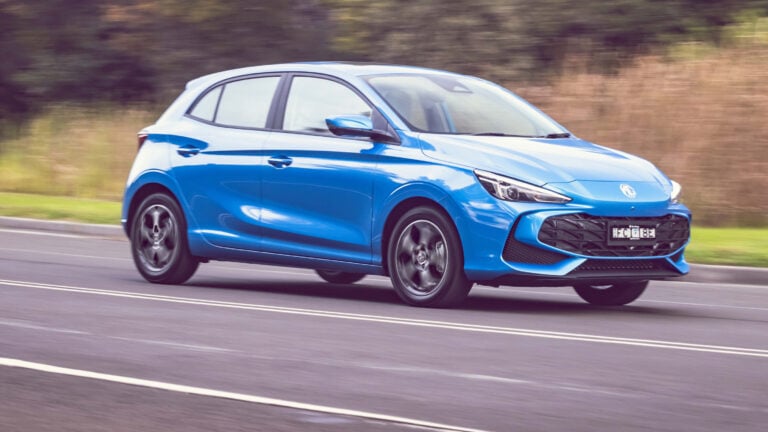 Reviews
Reviews2024 MG3 Hybrid+ review: first Australian drive
Can the MG3 hybrid do for city cars what the MG4 did for compact EVs? Let curiosity be no more as we get behind the wheel of MG’s first regular petrol-electric model
-
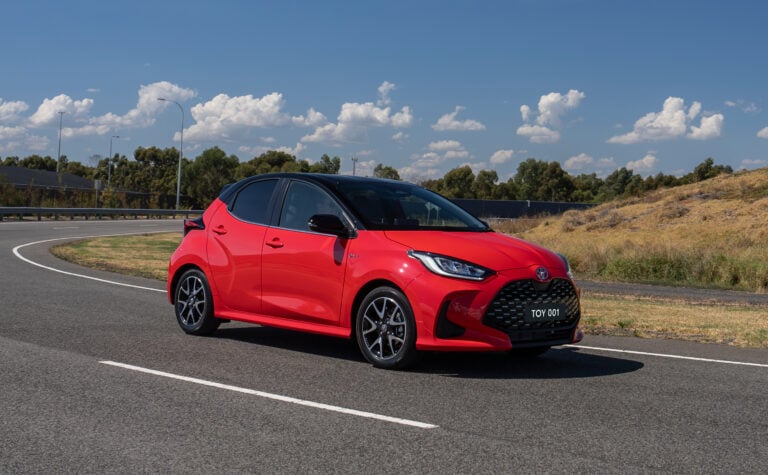 News
NewsAustralia's most fuel-efficient cars in 2024: Petrol, diesel and hybrid
Here's every car without a plug, on sale now, that sips five litres per 100km – or less
-
 Reviews
Reviews2024 MG 3 petrol review
Taking MG's city dweller out onto the streets.


